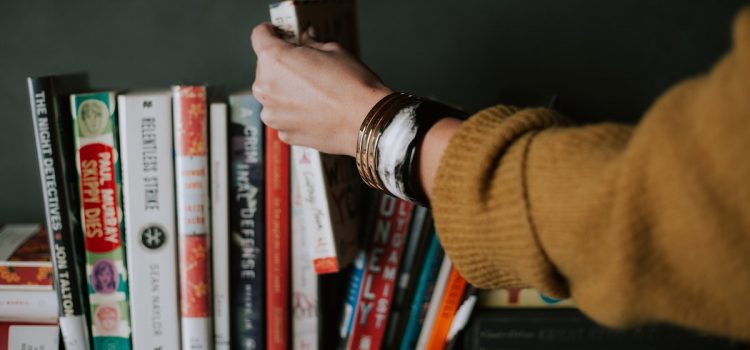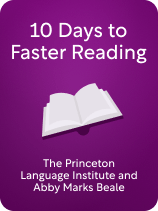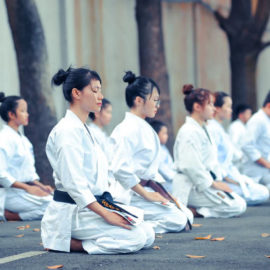

This article is an excerpt from the Shortform book guide to "10 Days to Faster Reading" by The Princeton Language Institute and Abby Marks Beale. Shortform has the world's best summaries and analyses of books you should be reading.
Like this article? Sign up for a free trial here.
Have you ever read a book you wish you hadn’t? How can choosing the right reading material help you get more out of what you read? What’s the difference between efferent reading and aesthetic reading?
In 10 Days to Faster Reading, Abby Marks Beale and the Princeton Language Institute share several speed-reading strategies. It might seem surprising, but one strategy is to be selective when choosing your reading material.
Continue reading to learn how to choose a book to read and why selecting well can help you read faster and understand more.
How to Choose a Book to Read
The authors note that you can get more out of your reading by being selective about what you read, so they share some tips on how to choose a book to read. Before you begin reading any text, the authors suggest identifying why you want to read it and how you might use the information in the text later on. If you can’t answer these questions, skip reading the piece.
Your “why” for reading something will vary from text to text. For example, you might read a book about procrastination to learn strategies for making better use of your time. This information could help you further your professional goals and feel less stressed about getting everything done. Or, you might read a fantasy novel purely for enjoyment—the story expands your imagination and helps you relax.
(Shortform note: Some researchers break the broad purpose or “why” of reading into two main categories: efferent reading and aesthetic reading. Efferent reading is what’s traditionally thought of as academic reading, or reading to acquire information. Aesthetic reading is reading for pleasure or recreational purposes. If you’re unsure about why you want to read a specific text, these categorizations may be a good place to start. If you’re practicing efferent reading, ask yourself why you need to know the information. If you’re practicing aesthetic reading, ask yourself why you think the text will be enjoyable.)
Assessing a text before you begin ensures that you don’t waste any time reading material that isn’t useful to you. Additionally, this process helps with focus and efficiency. When you start with a clear “why,” it’s easier to keep your attention on the text in pursuit of your goal. When you’re paying closer attention, you don’t reread or daydream as much, so you get through the text faster and comprehend it better.
(Shortform note: Some reading experts suggest taking your assessment further by not only deciding whether a whole text will be worthwhile for you to read but also determining which sections of the text will be useful to you. If you only need to understand a concept that’s covered in one paragraph, read just that paragraph to save time. Further, to help define your objectives and maintain your focus while reading, write a list of questions you want the text to answer before you start reading. Your brain will be looking for the answers as you read, so you’ll more easily keep your attention on the task, thus increasing your comprehension. For larger texts like books, write objectives and questions for each section.)

———End of Preview———
Like what you just read? Read the rest of the world's best book summary and analysis of The Princeton Language Institute and Abby Marks Beale's "10 Days to Faster Reading" at Shortform.
Here's what you'll find in our full 10 Days to Faster Reading summary:
- Speed-reading techniques to help you learn more efficiently
- How to rid yourself of the common unhelpful reading habits
- How to teach your eyes to take in more information at once






